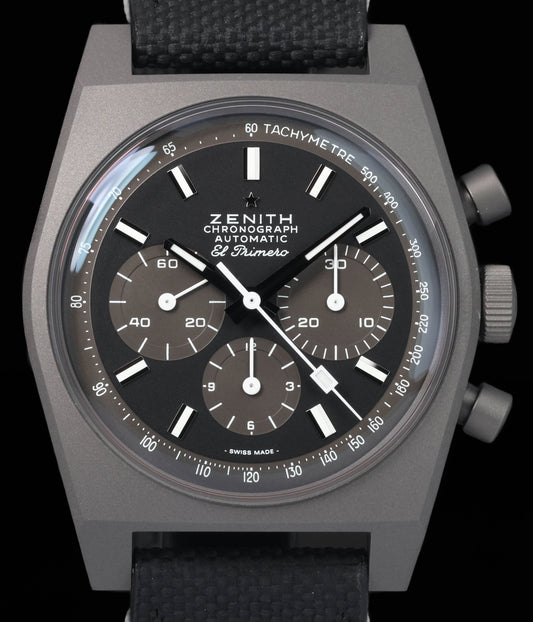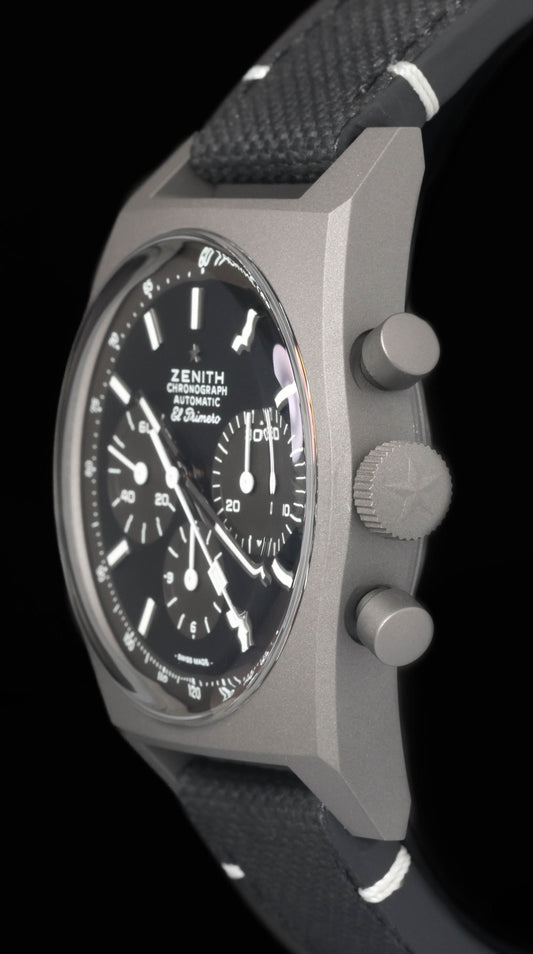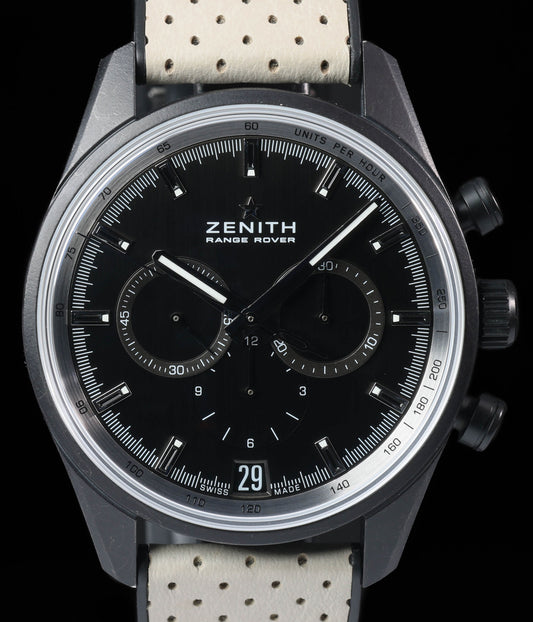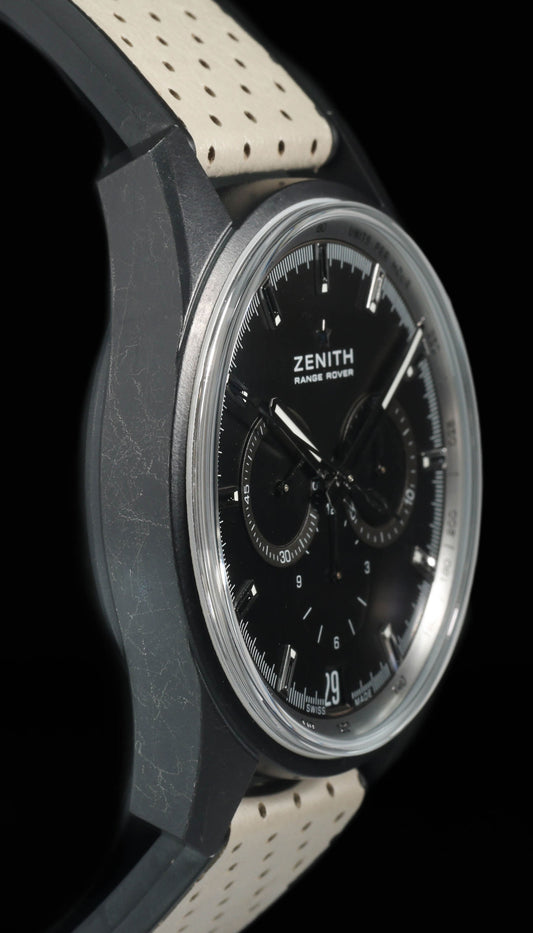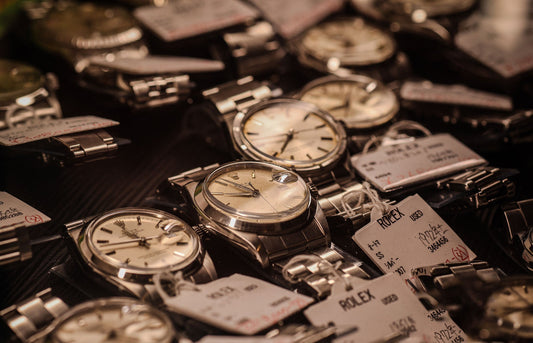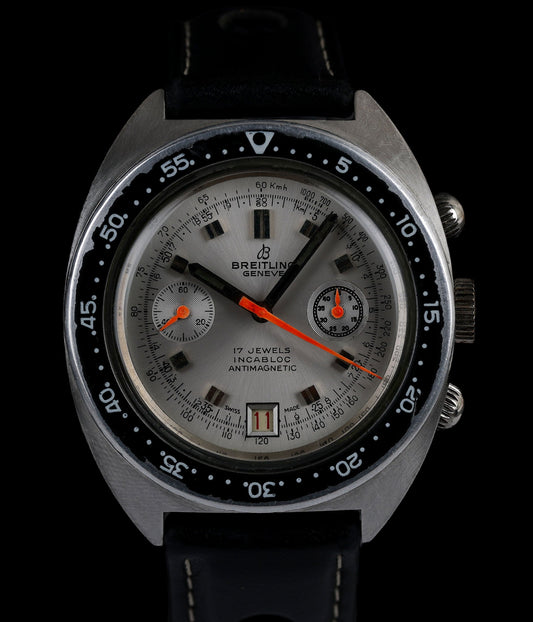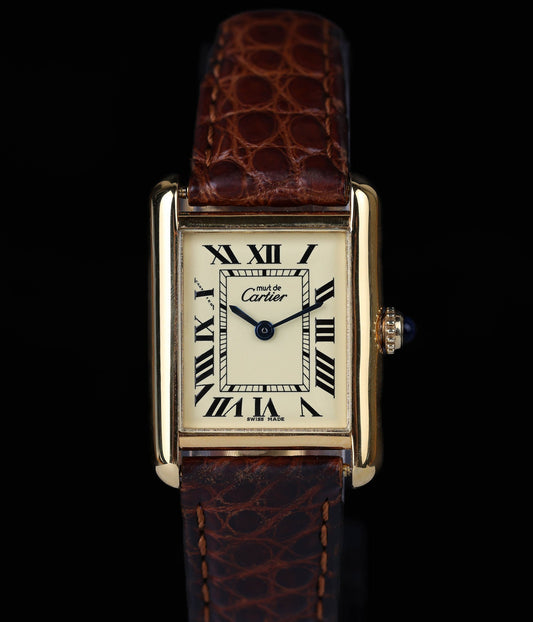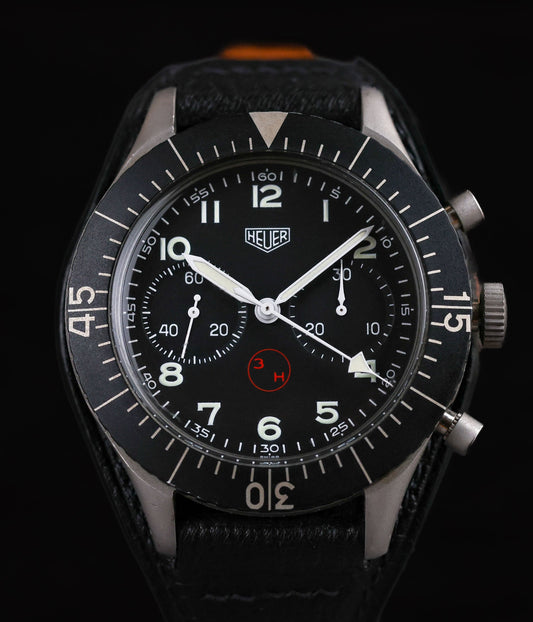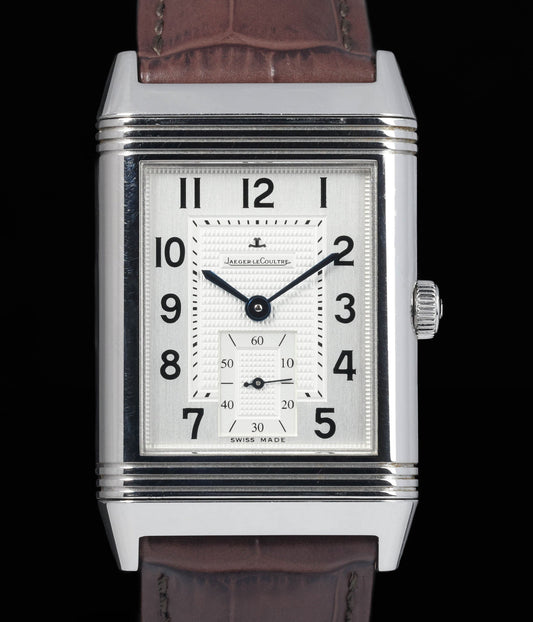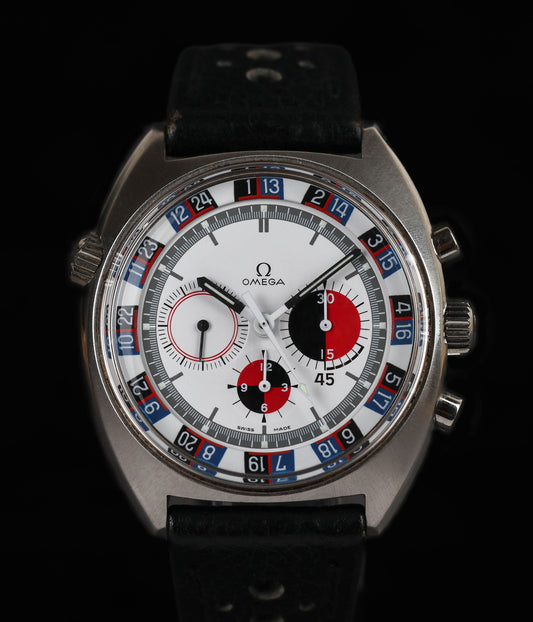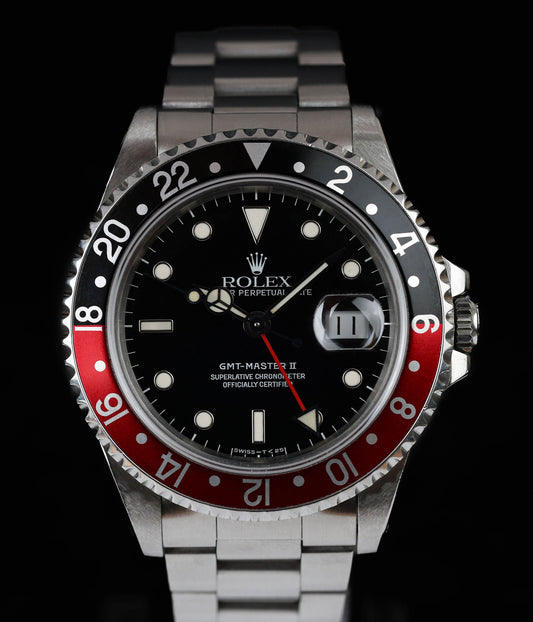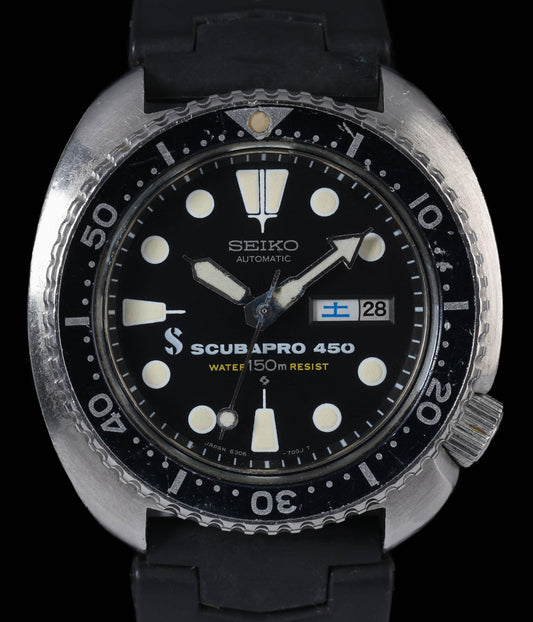Zenith - Vintage and Pre-Owned Collection
Zenith El Primero Chronomaster Revíval Shadow Ref. 97.T384.4061/21.C822 37MM 2022
Zenith and the El Primero Legacy
Zenith’s story begins in 1865, when Georges Favre-Jacot founded the manufacture in Le Locle, Switzerland. His vision was revolutionary for the time: to bring all aspects of watchmaking — from movement production to final assembly — under one roof. This integrated approach allowed Zenith to control quality, standardise precision, and ensure reliability across every timepiece.
Zenith quickly gained recognition for its chronometric excellence. By the early 20th century, the manufacture had won numerous observatory chronometer prizes and established a reputation for precision movements used in both pocket watches and early wristwatches.
Zenith’s defining moment came in 1969 with the introduction of the El Primero — one of the world’s first automatic chronograph movements, and arguably the most sophisticated. Unlike its modular competitors, the El Primero was fully integrated, operating at a high-frequency rate of 36,000 vibrations per hour, enabling precise 1/10th-second measurement.
When Zenith’s management decided to abandon mechanical movements during the quartz crisis, a foreman named Charles Vermot famously hid the blueprints and tooling in the factory attic.
The hidden El Primero tooling was rediscovered in the 1980s and the movement returned to production and soon found its way into one of the most significant watches of the late 20th century: the Rolex Daytona 16520, which used a modified version of the El Primero calibre.
In the decades since, Zenith has built on this legacy with models such as the Chronomaster, Defy, and Pilot lines, each reflecting different facets of the brand’s DNA - precision engineering, innovation, and performance.
From Georges Favre-Jacot’s integrated workshop in Le Locle to Charles Vermot’s defiance during the quartz crisis, the brand’s story is one of persistence and conviction. The El Primero didn’t just define Zenith — it defined an era.

